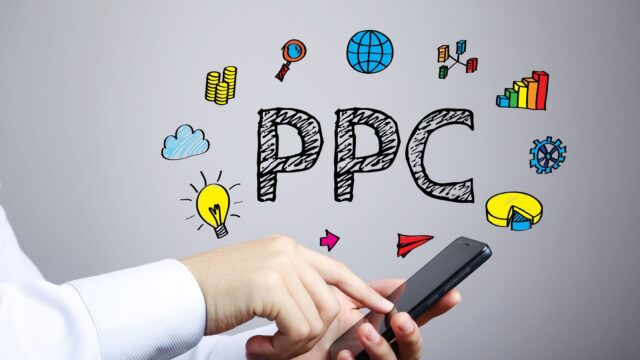Running PPC campaigns and managing them takes a lot of time, money, and effort. It is not possible to monitor all ad campaigns with the same amount of diligence. PPC automation helps you to optimize your advertising campaigns. Advanced automation tools make data collection less complex and give you insights to better your campaigns. Since you will spend more on PPC ads manually, optimization helps you do more targeted advertising and avoid resource wastage. You also have to compete with other businesses that have access to advanced tools.
Manual campaigns give you more control and allow you to be more specific in your bidding. The disadvantage of a manual ad campaign is that it consumes your time and effort. It is also prone to human error, and a single mistake can affect the quality of your campaign.
Automation allows advertisers to control their campaigns through machine learning. It helps businesses to increase their sales conversions. With the help of AI and machine learning, you can manage your ad campaigns. Many advertisers focus on optimizing keywords, bid management, landing page, ad extensions, and ad copy, but they miss out on two critically important factors. Optimizing business goals and conversion values are essential for a successful campaign. Training your machines is necessary to stand apart from your competitors. Start by communicating your goals and the values that come from sales conversions. Your machine can only use the data you provide. Therefore it is crucial to train your machine with the correct information to work effectively and accurately. If you need help optimizing your landing page or ad extensions, you can get the PPC services of a digital marketing agency.
Optimize Goals to Report Profitability
Return on advertising spend (ROAS) is a metric that evaluates the success of a campaign by comparing returns to the amount expended in advertising. You need to divide your returns by the amount spent on advertising to get your ROAS. ROAS allows you to calculate the ratio of revenue to the cost of advertisement in a specific area. Average Order Value is the mean of the total of orders placed. Advertisers generally set different tROAS goals for various campaigns. They use conversions that track the average order value (AOV). Here, you report profits through tROAS. The conversion values tell the average total value derived from all orders. A campaign with products of higher profits breaks even at a lower ROAS rate compared to another ad campaign with products of low margins. The tROAS goal of each ad campaign is a factor that influences the average profit obtained from the products in that particular campaign.
Optimizing Conversion Values to Report Profitability
Google gives accurate results based on the conversion values you use. If you use Profit Value, anything above 100%ROAS is profitable. But if you report the average order value, a 100% tROAS will not deliver accurate results every time because it does not consider the different profit margins of products. The benefit of reporting profits through the conversion value field is that it can manage when a buyer purchases something else not present in the ad clicked.
Optimizing Goals and Conversion Values Simultaneously
The goal of every PPC campaign is profitability. You can train the machines to utilize all controls to improve their efficiency. By optimizing both goals and conversion values, you get more control over automation. By setting different targets (tROAS) and reporting values on the profit of the orders, we train the machines to give accurate results. The advertiser’s composite account structure enables him to treat different items as having distinct goals. It allows them to set specific goals for each campaign. If you need help optimizing your goals and conversion values, you can get the PPC services of a digital marketing agency in your city.
Manipulate Conversion Values
Google provides three options to share better data with your machines.
- Offline Conversion Import (OCI):
What if a user sees your ad online but buys the product from your store in the offline world? Offline Conversion imports help you to identify location-specific keywords and other criteria that drive most conversions. It uses the Google Click id to capture when someone clicks the ad. When a purchase happens in the offline world, you can give back the Google Click Id and few other details about the conversion.
- Conversion Value Adjustments:
Conversion Adjustments are helpful to make changes in conversion value when customers return purchases and cancel reservations. It also helps to make changes when you receive partial returns. Advertisers have the benefit of adding a transaction ID to existing tracking codes.
- Conversion Value Rules
Conversion value rules allow advertisers to apply rules based on location, audience, and device. These rules help advertisers to cut costs and budget effectively.
Author Bio: – Rudra Kumar is an Assistant General Manager of search operations at Techmagnate with more than 10+ years of experience in search engine optimisation. He has helped many businesses in growing revenue via search engines of his strengths.








